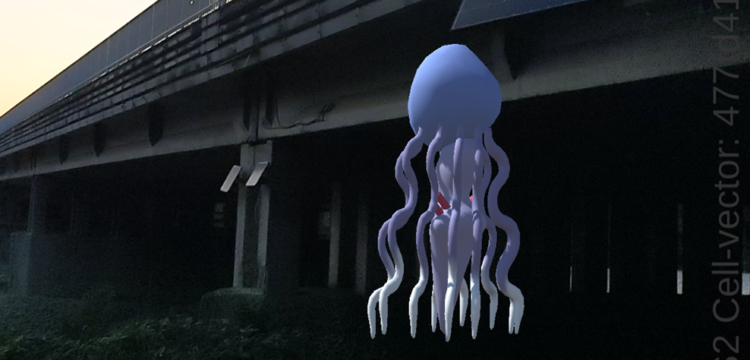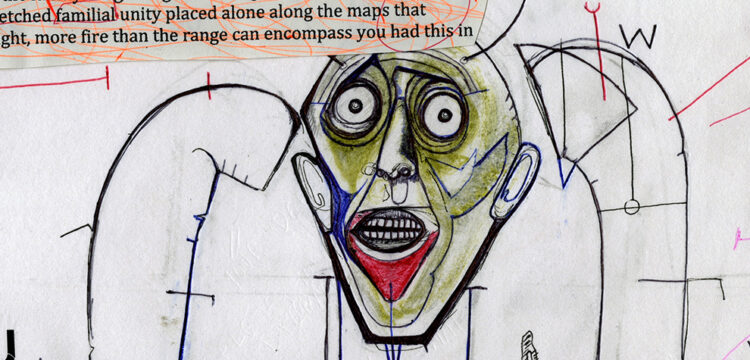Prelude to an Institute of Rest(s)
A study in the undergrowth by Alix Eynaudi, in conversation with Paula Caspão, Quim Pujol and the team of ‘Noa & Snow’
On Saturday 3 and Sunday 4, December 2022, at Palazzo Vizzani in Bologna, Xing presents, in collaboration with Alchemilla, Prelude to an Institute of Rest(s), a preliminary situation for the birth of a new Institute conceived by Alix Eynaudi and supported by Xing. A two-day public occasion with the involvement of Jason Dodge, Marco Mazzoni, Raimundas Malašauskas, Mark Lorimer, Hugo Le Brigand, Paula Caspão, and An Breugelmans, a first leakage of a non-eventful research project that unfolds under the foliage of many (supporting, haunting) voices. Jason, Paula, Hugo, Mark, Raimundas, Marco, Alix (& many others) invite you to (deeply) hang out in their company on the weekend. Also invited: a book called Noa & Snow, a dance called BRUNO, an installation called They lifted me into the sun again and packed my skull with cinnamon, and a film called Mute Poem.
In the rooms of the Palace that was a historic residence, Alix Eynaudi will extend her practice of implementing social experiments based on art, poetry, and everyday life to the other invited artists, interpreting her work as choreographer as a creation and combination of the infrastructures that can make it possible. This new appointment continues the sequence of hybrid occasions and formats that Xing is offering in the post-pandemic. The “Nomadic Institutes” are entities directed by protagonists of the contemporary performance scene as moments of reflection, study, production, and transfer of innovative practices/knowledge in the field of Live Arts.
Institute of Rest(s) intends to interrogate and complicate notions of rest as they are practiced—reimagined, romanticized, allowed, or disavowed—in “the age of performance”. It articulates rest(s) alongside a choreographic practice of collective study, where rest figures both as a mode of inquiry and a methodological stance, more than as an object of study. Moved by the need to find conditions “for living on better terms than we’re offered”, Institute of Rest(s) is to be taken as a wide-ranging field of studies regarding specific modalities of resting, according to what they allow us to rest from (in, against, among, along, and with whom), for what reasons, and to which effects. Institute of Rest(s) embraces study as a choreographic practice, and choreographic practice as study, that is to say it is practically a study. As a study in practice, it focuses more on the production of indeterminacy, incompletion, and interruption, than on proper production, so as to actively “slow the quick jump to representational thinking and evaluative critique long enough”.
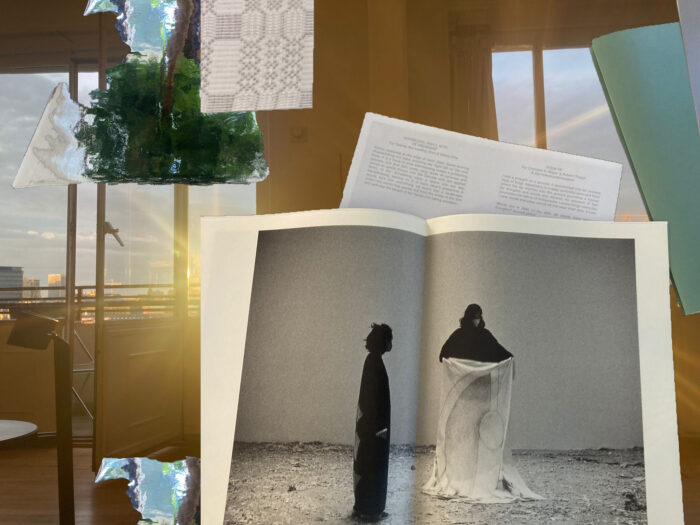
A prefatory charm
The project of an Institute of Rest(s) came from my previous research project Noa & Snow (2020-22), looking collectively at various systems of organizations of thoughts and body. Some lexicon appeared—a (dys)lexicalisation of sorts—that conjured words-concepts such as protextions and extracreditorialisation. These bundles-of-a-word were attempts at lending shape to the sensation of resting from the need to be original, or rather to lend shape to the idea of travelling with, through, and against the different legacies that we/I are constantly borrowing.
Domestics of performances:
an institute rather than a project?
Working on the semantic ambivalence of the term, this approach to the “institution” does not refer to the formally constituted structure but rather to the action of instituting. Working as a dancer (and choreographer) means always and very directly to be in the company of others. The notion of friendship, kinship, thus politics of care, has always been key in my work, or rather in the back of my work, in the wings and shady alleys of its (mis)doings. It is often a discreet sort of work, invisible; one that doesn’t get to be valued, recognized, paid; one that shapes the things that we are doing when we are working together, that shapes the dances that we are dancing.
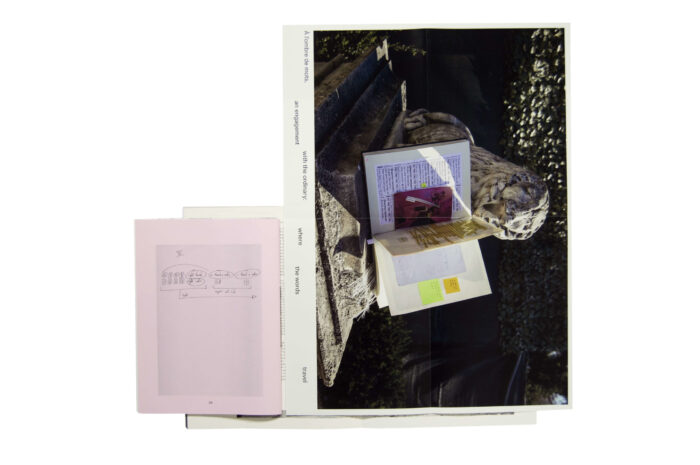
If we/I, alongside Giulia Palladini, consider the word domestic as a substitute for the word political, it helps me/us contemplate and amplify the fact that “the set of activities associated with organizing, maintaining and inhabiting a house constitutes a category in its own right, and that, as much as the organizing, maintaining and inhabiting a polis, this category is not a given, but a field of struggle and imagination.” Applying this to choreography making, the shift it implies, brings me/us to consider all of the parameters (money, institutions, the sculpting of a work atmosphere, the communication around the project etc.) as many elements of a larger dramaturgy, or rather as many elements of many dramaturgies that can be choreographed, cared for, attended to, and that are inseparable from the work itself. Here I would like to precise that questions of care, the social, biological and emotional conditions necessary to take care of and repair our communities and our devastated environments, are part of the domestics I am referring to. These considerations have been part of my work since I started making pieces, in 2005, but also, more subterraneanly, as I was part of Rosas, the company of Anne Teresa de Keersmaeker, in my early career (19-26 years old). If I look further back, I am suspecting that this concern arose even earlier by being confronted at an early age with the brain-washing-machine of the Paris Opera school and its wrongdoings, its ethically (very) dubious choices, and the cruelty it cultivated as a natural apanage to dancing. I always kept a suspicious eye half-open so as to flush out the conditions in which our dancing, our dances, were wrapped in. I remember trying to ravel out the certainties that were thumped on me, on us; one of them being that dance is cut out from the world and only happens in dance studios, on stage, and in the (available!) history books. The ideologic consequences of such affirmation gave me something to chew on, to obsess with, a taste for what develops in the shades, among the ferns of western, and later contemporary, dance, in its undergrowth. These thoughts are not only conscious preoccupations in my choreographic but also in my pedagogic work; if we agreed that the major knowledge that is passed on is often more an attitude, a way of dealing with things than the things themselves, then the door opens for considering teaching/studying as performance, and to apprehend dance or performance as a behavioral skill, ways of behaving that we artificially, artfully select, work on, develop: an aesthetic engagement, to paraphrase Jennifer Lacey writing à propos TTT.
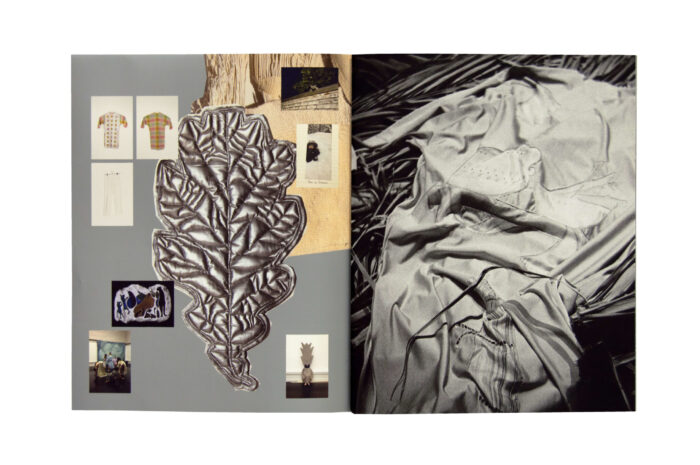
Lingering in a choreographically-imagined
lexical field: a shady dance
Shady, the word, its many meanings, feels like an obsession almost, something that I hold on to, an obscure attraction to which more can be attached: is the attachment the choreography? Explaining Voguing terminology in Jennie Livingston’s 1990 documentary Paris is Burning, Dorian Corey (American drag performer and fashion designer) says: “Throwing shade is reading at a refined level; it’s the curve to the pitch. If someone says they won’t call you ugly because you already know, well, you just got thrown a shade.” Shady also reminisces of the undergrowth, the less visible, the tingling under the brushwood; of a place to rest in, a place to nap in, à l’abri des arbres, discreetly. Developing ideas, careers in the shades of ourselves, of each other, spending time, (deeply) hanging out together, resting under the influence of words and other dances… These occupations-methodologies became more and more assumed as valid artistic practices in my work over the years. Together with Paula Caspão, associated researcher, with whom I have already worked in the past, we aimlessly, plotlessly started to intertwine our activities, conversations, inviting each other into other invitations, working in the shade of each other (Expanded Practices All Over Meetings, Lisbon, 2019-2022), constituting a sort of immaterial catalogue of almost-exercises, of deep hanging outs that inspires the assemblage proposed by what we call the Somathèque. I want to insist, and re-exist, on enfleshed ways of sensing-thinking-moving, in complicity with one another (à l’ombre les uns des autres) and with the surreptitious capacities of barely perceptible light variations across pine-trees and meteorological fictions of in-determined kind—committed to the obscurity of trans-individual assemblages (committed to gathering for no other purpose than to gather) and to doing things in vain (rather than to “not doing” per se); loiter in bushy shades that at once protect us from blinding identities, obscure and unzip our sentences, keeping us company in the under-growth. A dance that works in the undergrowth, a dance that works to under-grow.
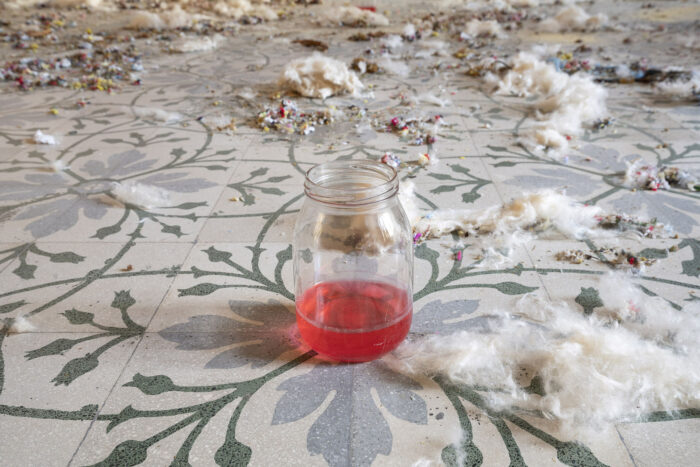
Indeterminacy and poetry
The (social) skills of attuning to an atmosphere, of reading rooms, of attending to the throwing itself together of a group, to the snapping into place of events, is a continuous thread of activities/activism. I dance between craft & chaos, between languages, I dance in the trying to unfix, un-choreograph: How weak do we have to render a dramaturgy so that we do not organize a conspiracy to capture attention but rather a conspiracy that doesn’t have a plot? One that doesn’t seize, that doesn’t want to possess the attention of the spectator. Dis-owning. As we are dancing with each other, tendencies take on consistencies, a transformative force field presses itself into rhythms and sensory habits. Or something sags, shifts tone, dissipates, or fails. The ordinary hums, the quiet encroachment of a canopy, an occulting device, falls next to a dance, almost becomes a dance. Resting in the lines of Nastassja Martin, “It’s hard to let meaning float when we are faced with a semantic void, an outside-field, hence the eagerness of each and every one to stick labels, to define, delimit, give shape to events.” What if we filled this semantic void with our dances, our poems? Poetry has the ability to shape something without it being precise: this is the contained blur, the opacity that hopefully our project Institute of Rest(s) will surf throughout.
To use language choreographically:
poetry and (m)other tongue choreographies
While the fact that dance is a field of experimentation where one can exercise acute critiques of the current conditions of existence (or the realization that any exercise, movement, phrase of movements is symptomatic of—at least—one ideology) has become tangible; what concepts and practices of rest can we mobilize, that do not simply relapse into the choreographies of neoliberal productivity? What concepts and practices of rest can we mobilize, that do not simply relapse into the choreographies of neoliberal productivity? What corpo-realities, what movement sensibilities, what discursive practices, what (hi)stories, what (meta)physics, what forms of assembly do we need to rehearse, to resist in the kineticist societies of control and self-performance we live in? How to rehearse forms of disengagement from everything that, in our daily forms of living and relating, working and instituting, continues to reinstate cycles of violence, oppression, exhaustion?
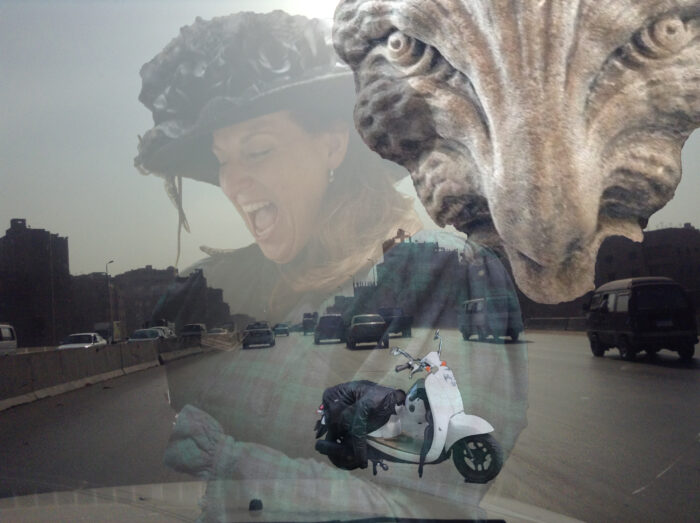
REST PRACTICES
Speculating on the socio-political stakes of specific senses and sensations of resting
REST from the current economy of creativity and novelty;
REST from performance (of the self);
REST from a number of forms of violence that language contributes to perpetuate;
REST from using language as a conveyor of clarity, fluency, and transparency;
REST with history (discomposed, re-artificialized, re-imagined, re-heard…);
REST in indeterminacy (in “things-in-themselves-less-ness”, Moten, 2018);
REST in a text (in a word, in a spell, in a library);
REST in the rests, the ruins, les invendus [the unsold / the leftovers];
REST in prefaces, prologues, prefatory discourses;
REST in gestures, movements;
REST in poetic non-action (Boyer, 2010);
REST between languages (in the shade of our shady mother tongues);
REST under influences (feeling how past and present affect one another in ways that force us to embrace the hard labour, the movement and discursive sensibilities required to “maintain the past [and the present, and ourselves, and the future, and everything] incomplete” (Azoulay, 2012);
REST under the radar (disengaging from the pressure to perform).
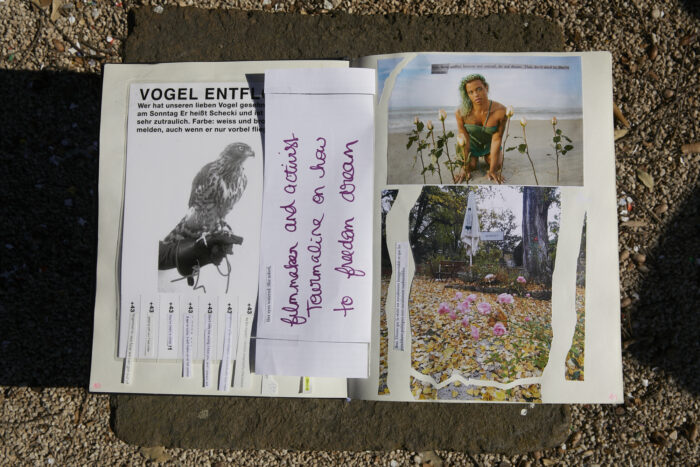
Ph. Alix Eynaudi




